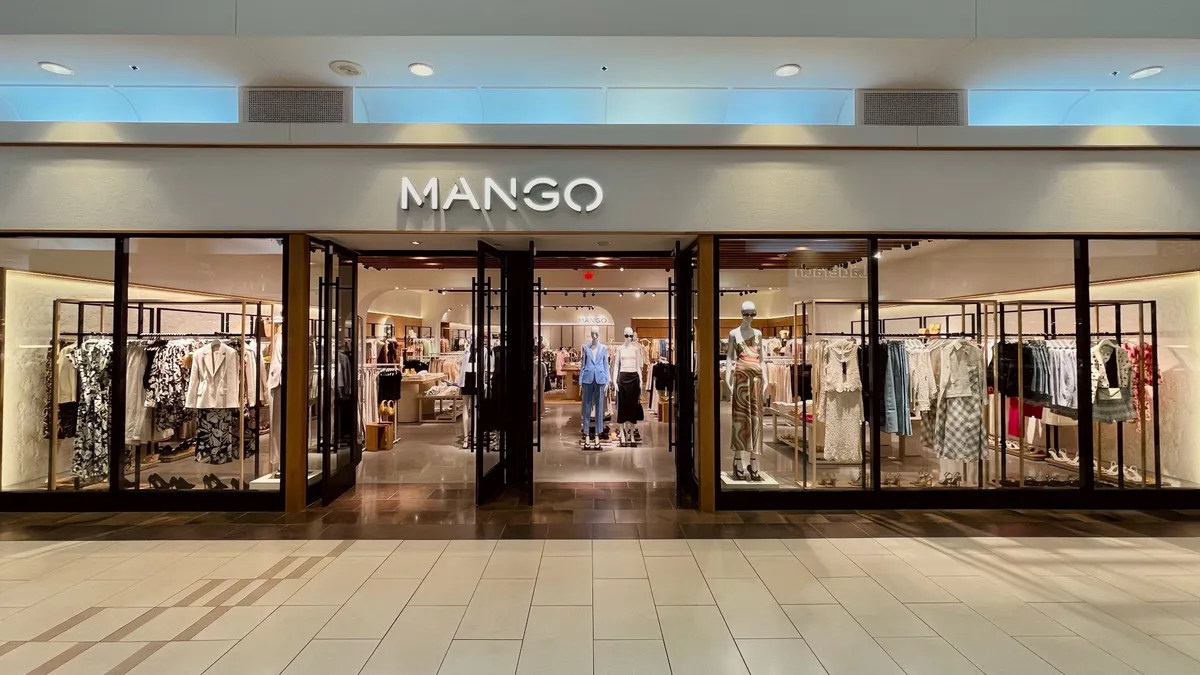Procurement professionals are a flexible bunch. We adapt well to constantly changing business priorities, supplier issues that appear seemingly out of thin air, supply chain risk that percolates through the depths of an intricate global supply chain and staffing issues that often hamstring even our best intentions.
Given all of the personal and professional challenges of working from home, can procurement pros be effective and efficient while working remotely in a global pandemic?
Yes, but only if they work around the issues surrounding internal communication, supplier relationships and negotiation. Perhaps most importantly, they must protect their organizational influence and relevance.
Spark internal communication
In normal circumstances, buyers who are chained to their desks miss out on the richness and importance of personal interaction, no matter the industry.
I’d often learn more about what was going on with operational, service and procurement issues when walking to get a cup of coffee than I would by waiting for more formal notification — or being left of out of the loop altogether.
Be virtually present, even if you cannot be in the office.

A walk through the receiving area, the R&D lab, the customer service bullpen and across the manufacturing floor was a learning experience and an opportunity to check in with my internal customers. It also showed professional visibility.
Working remotely has impacted communication across the enterprise and throughout the supply chain, causing delayed decisions, uneven messaging, a lack of urgency, and even avoidance of sensitive issues.
But even remotely, we can work hard to maintain those important internal relationships. Be a conduit of information between a supplier and the requisitioner. Lobby to be on project teams, and check in regularly with important constituents. Be virtually present, even if you cannot be in the office.
Protect supplier relationships
Strong supplier relationships are nurtured in person and grown over time to include cross-functional representatives from the buyer and seller alike. Even in normal times, and with traditional communication tools and live visits, maintaining and growing supplier relationships is hard work.
Virtually, they are difficult to build and harder to maintain.
Primarily transactional suppliers can easily survive a period of lower-level buyer communication. Many transactions are automated or rote and come to a buyer’s attention only when there is a delivery or quality issue. Much of our supply bases fit into this category, and once workflows are ironed out, the commercial relationship continues, albeit digitally. These types of supplier relationships can survive the pandemic and provide a roadmap for sourcing activities going forward.
It is the high-value, single-source supplier relationships that are at risk in a remote environment. Relationships thrive on two-way communication. While pre-pandemic communication channels may survive, remoteness and lack of personal proximity can eventually degrade the relationship. The hope is to maintain it and not to have it degrade too quickly. Procurement should maintain the essential framework to revitalize the relationship when the business environment gets closer to normal.
Don’t forget about negotiation
Remote negotiations benefit the seller. Complications with scheduling and executing video conferencing create static negotiation sessions devoid of the interpersonal feel of negotiations, including lack of visual clues, body language and the normal give-and-take typical of in-person sessions.
It is also tough to replicate the discussions that occur on the margins of a typical negotiation meeting, often around coffee or lunch. These sidebar sessions are valuable to gain insights not offered in a more formal environment. And it is difficult for either side to grab a subject matter expert or user to get clarification on a specification or statement of work. Two-dimensional video conferencing is restrictive and drains the personality and energy out of what were often spirited and creative sessions.
Relationships thrive on two-way communication.

For many buyers, negotiation is not a one-off event but a continuous effort to improve supplier performance. Fewer meetings and conversations with suppliers dilute these efforts.
The submission of a price increase would normally solicit a meeting, or at least a reaction, but some buyers may feel that it is not worth the trouble and hassle — chalking up the increase to the cost of doing business during a pandemic. Price increases often follow the path of least resistance. Don’t let the digital environment create professional passivity.
Conquer the relevance challenge
I worry about procurement’s ongoing influence, and relevance, in the remote workplace. We have traditionally been seen as a profession on the margins, working hard to gain and maintain relevance throughout the organization. Overall, we have been successful, but how might the concept of "out of sight; out of mind" damage those gains?
Proximity allows us to be part of the fabric of our companies, maintain influence around sourcing and build valuable bridges with supplier relationships. When it comes to working remotely, the real challenge is how to remain engaged and relevant during this pandemic-induced turmoil and beyond.
This story was first published in our weekly newsletter, Supply Chain Dive: Procurement. Sign up here.




















